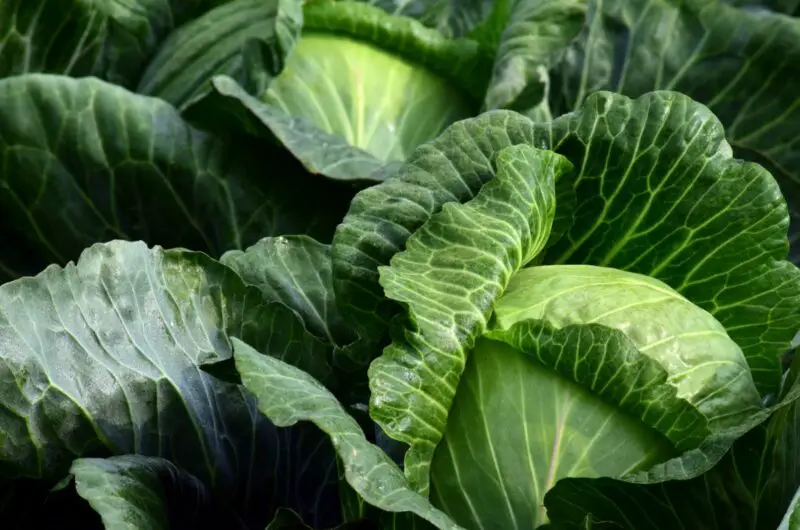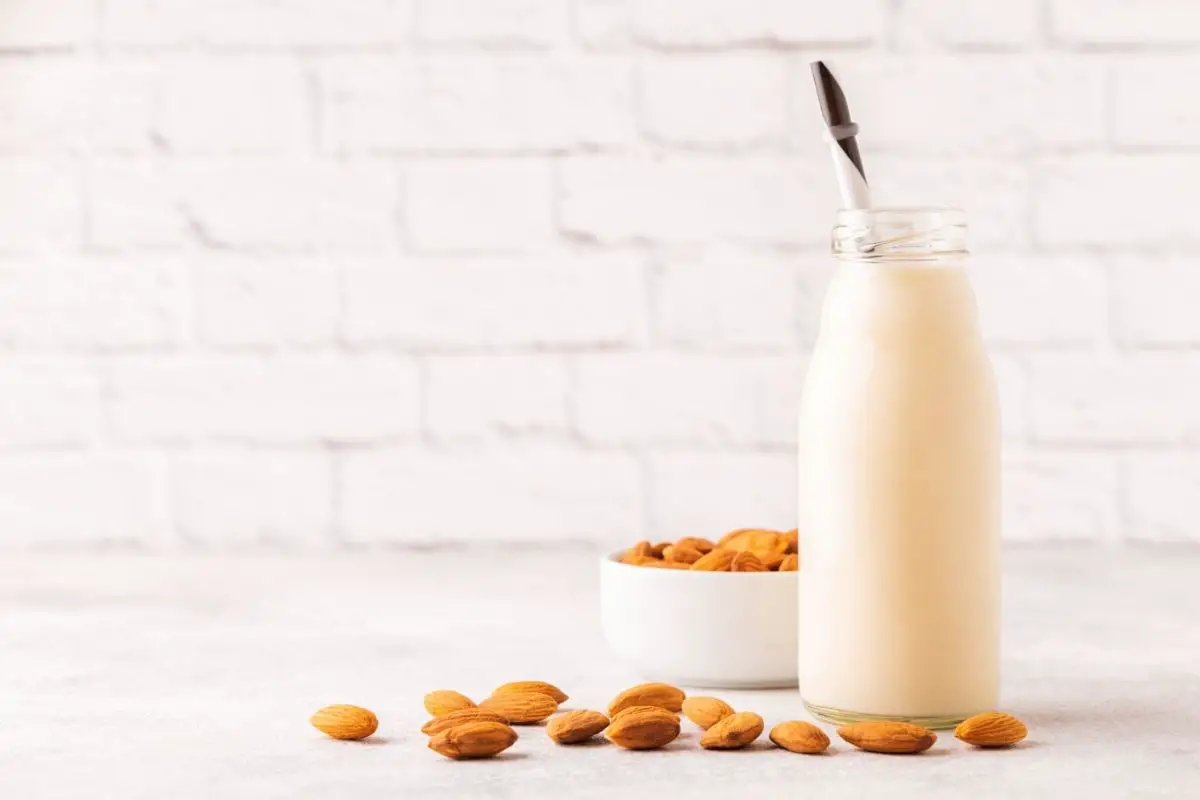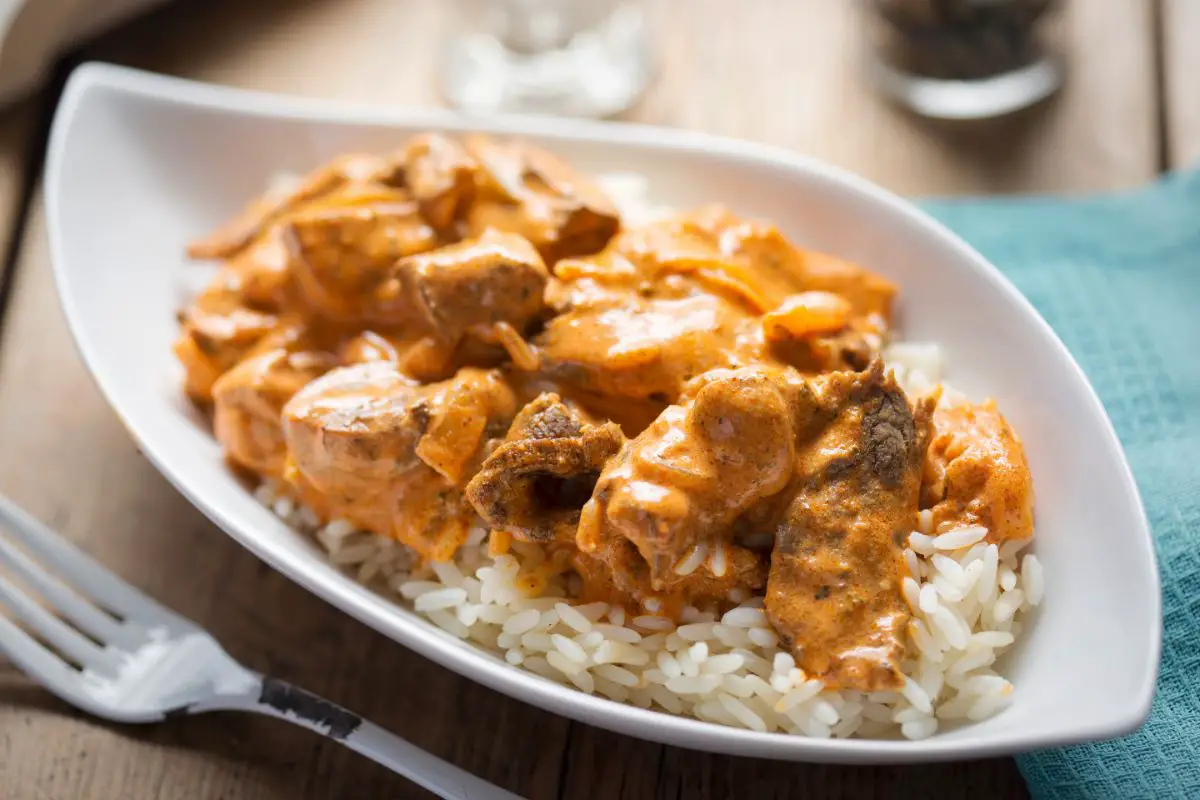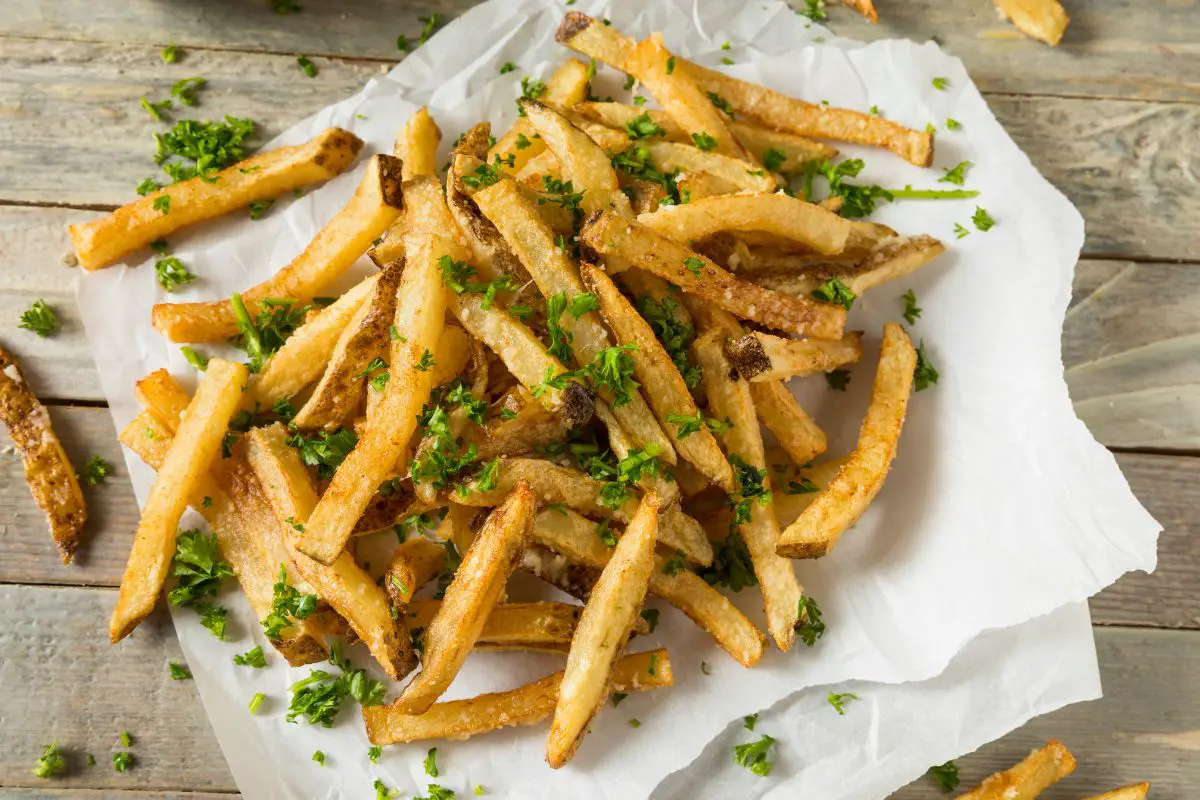When it comes to eggrolls, salads, slaws, and chow mein, cabbage is a staple ingredient. Thanks to its sweet taste and crunchy texture, it makes for a versatile ingredient in the kitchen.
Regardless of what you’re whipping up, adding cabbage to your dishes is a sure way to enhance them. That said, there will come a time when you don’t have cabbage on hand, what do you do then?
Well, don’t worry! There are tons of delicious substitutes that can work in the place of cabbage.
Some of the best alternatives to cabbage include leafy green vegetables, including kale and other similar vegetables like napa cabbage, brussels sprouts, bok choy, and broccoli.
No matter what you’re using to substitute cabbage, your chow mein, dumplings,
With this in mind, we have compiled a list of all the best substitutions for cabbages. Keep reading to learn more.
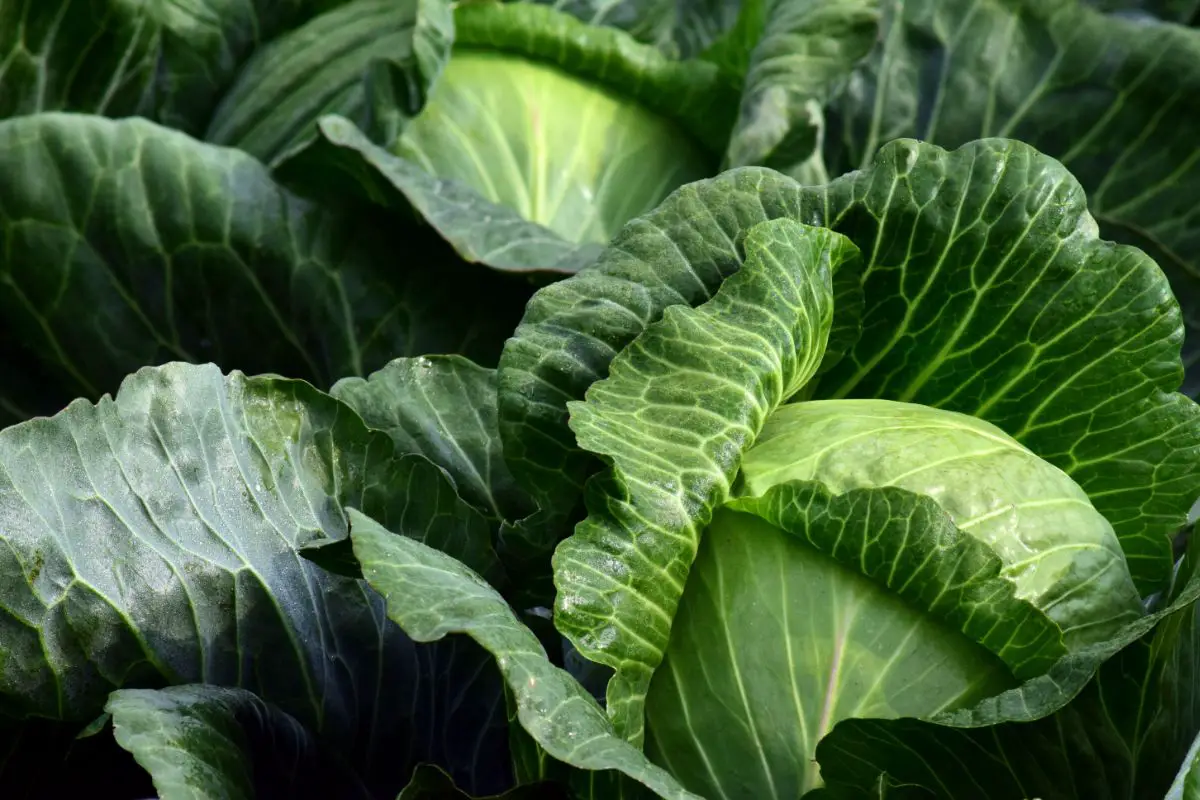
What Is Cabbage?
Cabbage is considered a leafy vegetable that can be found in shades of white and green. When eaten, it has a mildly sweet flavor and a crunchy texture.
Moreover, it is a part of the Brassica family, where you’ll find other veggies, including kale, broccoli, and Brussels sprouts.
The vegetable is said to have originated in Europe, that said, its exact origins are a mystery. For thousands of years, it has been cultivated as a staple food in a range of ancient cultures.
In fact, the vegetable was introduced to North America in the 1600s by European settlers. Cabbage heads come in a variety of shapes and sizes, however, they are generally oval-shaped and round.
The leaves are usually wrinkled or smooth and can contain a solid green, purple, or green with white streaks coloring.
Moreover, inside the cabbage head, you’ll find tons of leaves all packed tightly together. Generally, the center leaves are the most tender and the youngest.
You can eat cabbage raw or cooked. When raw, it has a slightly sweet flavor and a crunchy texture. Here, it can be added to sandwiches, wraps, salads, and much more.
When cooked, cabbage has a milder flavor and becomes more tender. It is usually eaten in stew or
1. Napa Cabbage
Without the help of napa cabbage, you won’t be able to make a decent kimchi. Well, you can, however, you won’t be sticking to the classic recipe!
One of the most common ingredients found in Asian cuisine is napa cabbage. It looks slightly different from traditional cabbage, featuring an oblong shape and crinkly leaves, although, don’t let this stop you from enjoying it!
Even though traditional cabbage can be somewhat bitter, you don’t have to worry about this with napa cabbage – it is nice and sweet. As such, it makes for the perfect addition to your stir-fries and soups (and kimchi, of course!).
Like traditional cabbage, the texture is refreshingly crunchy. Therefore, if you’re looking for a dish that requires a softer cabbage, then you can’t go wrong with napa cabbage. This is especially true when it comes to cole slaw – you don’t want to leave it out!
2. Kale
Kale is a great substitute for a range of green ingredients, and cabbage is no exception! It comes from the same Brassica oleracea family, although, is much leafier than cabbage.
It is a great addition to your salads, however, it can be cooked in dishes, too. Not only does it look better but it has a richer taste, too.
In your recipes, you can use both baby kale and curly kale, depending on what is available in your local grocery store.
3. Brussels Sprouts
Brussels sprouts are one of those vegetables that you either love or hate. These little veggies pack a strong flavor that can put some people off.
Likewise, they also feature a firm texture that can be somewhat difficult to chew. However, Brussels sprouts are versatile ingredients that can be used in a range of cabbage recipes.
When cooked correctly, they provide a dish with nutty flavors that works with other earthy ingredients. Moreover, thanks to their dense texture, they are able to withstand long periods of cooking.
Therefore, if you’re looking for something to replace your cabbage in your next meal, then you can’t go wrong with Brussels sprouts.
4. Bok Choy
You can’t make a stir-fry without adding some delicious bok choy! While bok choy and cabbage are similar, they feature different flavor profiles and textures.
For instance, while traditional cabbage can be somewhat chewy, cooked bok choy features a tender texture when bitten into. While the leaves of the bok choy can be slightly bitter, the fruit of the vegetable is sweet.
Many chefs prefer using bok choy since it is easier to work with as opposed to traditional cabbage. It is mild, soft, and isn’t overpowering in taste or texture.
Although, if you’re going to use this vegetable as a cabbage replacement, then you should keep in mind that they aren’t entirely interchangeable.
For instance, bok choy tends to be more delicate than cabbage, meaning it may not work in braises, soups, or stews.
5. Kohlrabi
Despite being less popular than cabbage, Kohlrabi makes for a great alternative. Like cabbage, you can find it in both purple and green colors, too.
Since it contains a sweeter flavor, you should expect your recipe to be slightly sweeter, too. While the purple variety of Kohlrabi can be somewhat difficult to find, it is worth the effort!
6. Savoy Cabbage
Generally, cabbage is oblong and round, however, savoy cabbage is identifiable thanks to its deeply crinkled leaves.
The leaves range in colors from pale yellow to deep green. Plus, its compact head makes it weigh up to four pounds! When cooked, savory cabbages have mild and slightly sweet flavors with a tender texture.
Generally, they are used in stews and soups, however, they can also be eaten in slaws and salads, too. Thanks to its delicate flavors, savoy cabbage can be used as a substitute for cabbage in a range of different recipes.
That said, you should keep in mind that savoy cabbage requires a slightly longer cooking time than cabbage.
7. Celery
It goes without saying that chomping on some celery can sometimes feel like a task, however, this shouldn’t stop you from using it as a cabbage substitute in your recipes.
Celery is delicious and crisp. Perfect for adding a fresh crunch to a range of different recipes, especially when it comes to slaws and stir-fries.
That said, you should keep in mind that celery doesn’t provide the same heart flavors as cabbage, however, you’re sure to receive tons of added texture to your dish.
While it won’t contribute significantly to the flavor, this can sometimes be a good thing, too, since most ingredients are best left savored and chewed instead of overpowering.
9. Choy Sum
Despite being considered a Chinese cabbage, choy sum isn’t the same as bok choy. In fact, it is closer to broccoli!
Thanks to its delicate taste, it can easily be used as a substitute in a range of recipes. That said, it is best eaten roasted, however, it goes well in stir-fries, too.
This vegetable contains tons of essential nutrients, some of which include iron and Vitamin C.
Final Thoughts
As a green leafy vegetable, cabbage is known to provide you with tons of nutrients and health benefits. As such, it is a stable ingredient in various recipes.
However, don’t fret if you don’t have any cabbage on hand, there are a range of substitutions you can use that taste just as delicious.
These range from but aren’t limited to, kale, Kohlrabi, and choy sum. While you may notice slight differences in terms of taste and texture, they shouldn’t affect your overall meal.
In fact, you may just discover a new ingredient that tastes amazing in a particular recipe – what are you waiting for? It is time to start experimenting!
Hopefully, this guide has informed you of all the best substitutes for cabbage that not only taste delicious but provide you with all the health benefits of cabbage, too.
8 Delicious Cabbage Substitutes You Need To Try
Course: Substitutes4
servings30
minutes40
minutes300
kcalDirections
- Pick a recipe from the list above
- Click the recipe name and visit the website
- Collect the ingredients and cook the food
- Enjoy – don’t forget to leave a review
Recipe Video
https://www.youtube.com/watch?v=sGY9g4uX1_EVideo can’t be loaded because JavaScript is disabled: How to Grow Napa Cabbage (Chinese Cabbage) from Seed to Harvest in Greenhouse (https://www.youtube.com/watch?v=sGY9g4uX1_E)- What Exactly Do Chickpeas Taste Like? Is There A Distinct Flavor? - September 30, 2023
- Top 11 Low Carb Options at Sonic Drive-In for Keto Diet - September 30, 2023
- What Should You Serve Alongside Potato Salad? 8 Incredible Side Dishes - September 30, 2023

